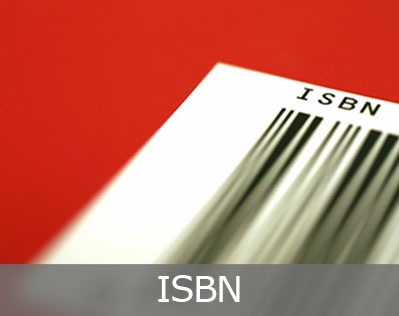If you’re looking for the most original idea ever expressed on a Christian Publishing blog, this isn’t it. But this thought is worth repeating at this time of year, and that is, consider giving the gift of Christian fiction as you shop for your Christmas gifts.
Why?
- The stories are written and edited well.
- They are entertaining and uplifting.
- You can find a book for almost any interest. Romance, romantic suspense, mystery, thriller, science fiction, fantasy, women’s fiction, general fiction – it’s there. (A great search engine for the various genres can be found at fictionfinder.com)
- I love giving Christian fiction because it’s appropriate for anyone. I can give any CBA book to any person with confidence knowing the reader won’t encounter a raunchy, distasteful, or blasphemous scene. If evil happens, God’s goodness prevails. I appreciate knowing any friend or relative won’t come back to me after reading a Christian novel I gave as a gift and ask why I thought he or she would enjoy reading something questionable.
- The message in a CBA novel is one of love. If you’re close enough to someone to exchange a gift, that person will know you’re a Christian. As long as you’re giving the book with an attitude of love, and you don’t sound like a clanging cymbal (1 Cor 13:1), the recipient can choose to read the story or give the novel to someone who’ll appreciate the book. Either way, the Kingdom wins.
Merry Christmas!
Your turn:
Are you planning to give any Christian books as presents this year?
What novels would you recommend as gifts?
What nonfiction books would you recommend?
Other than your Bible, what is your favorite Christian book you have received as a gift?











